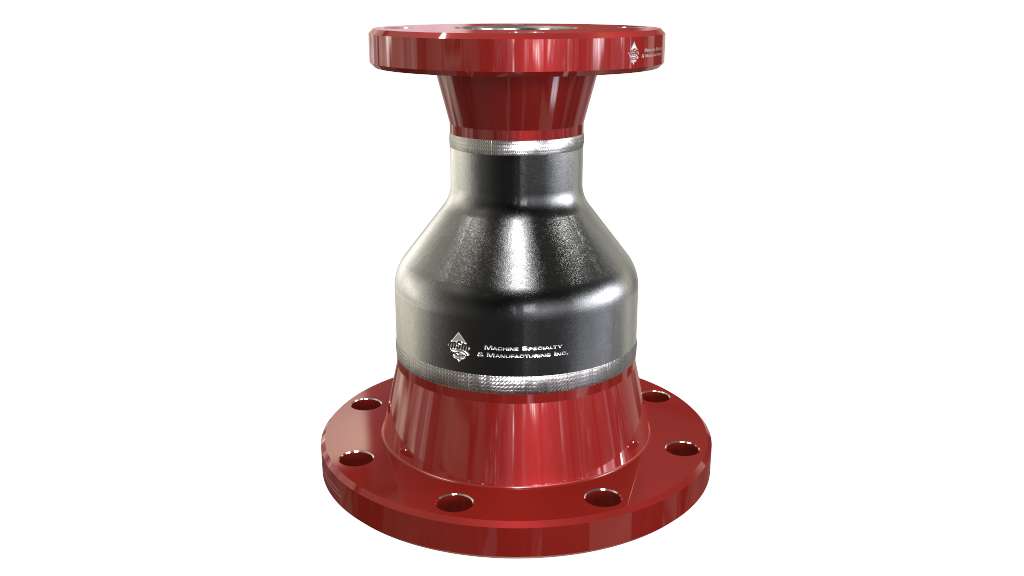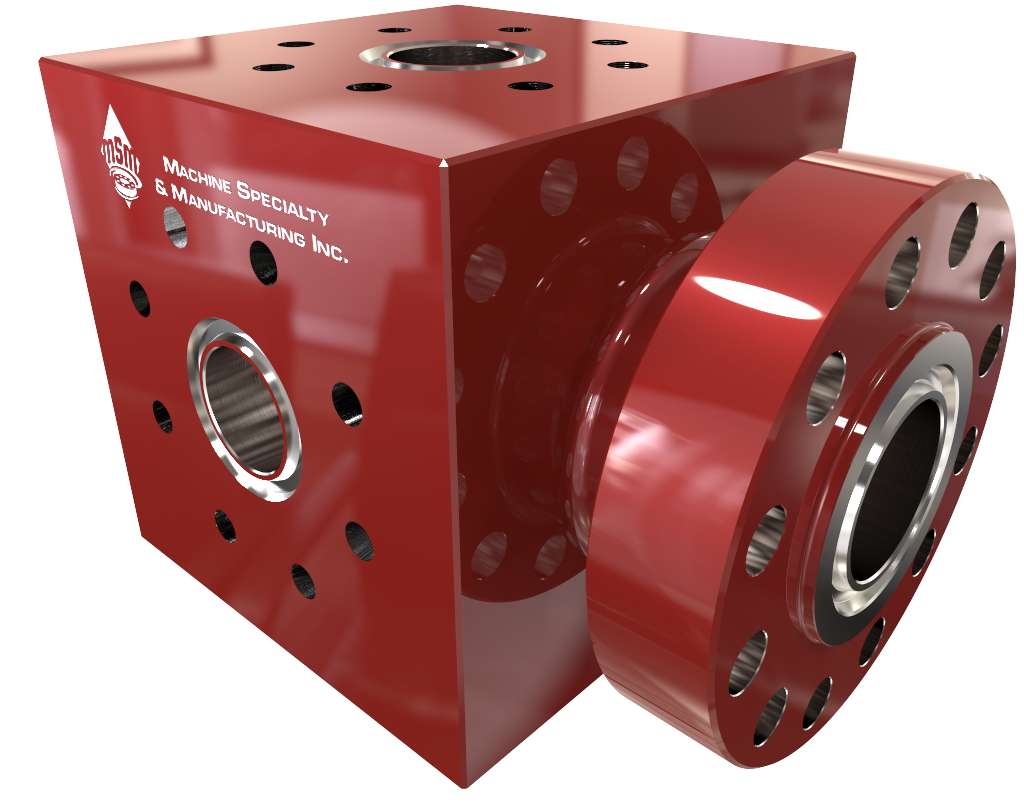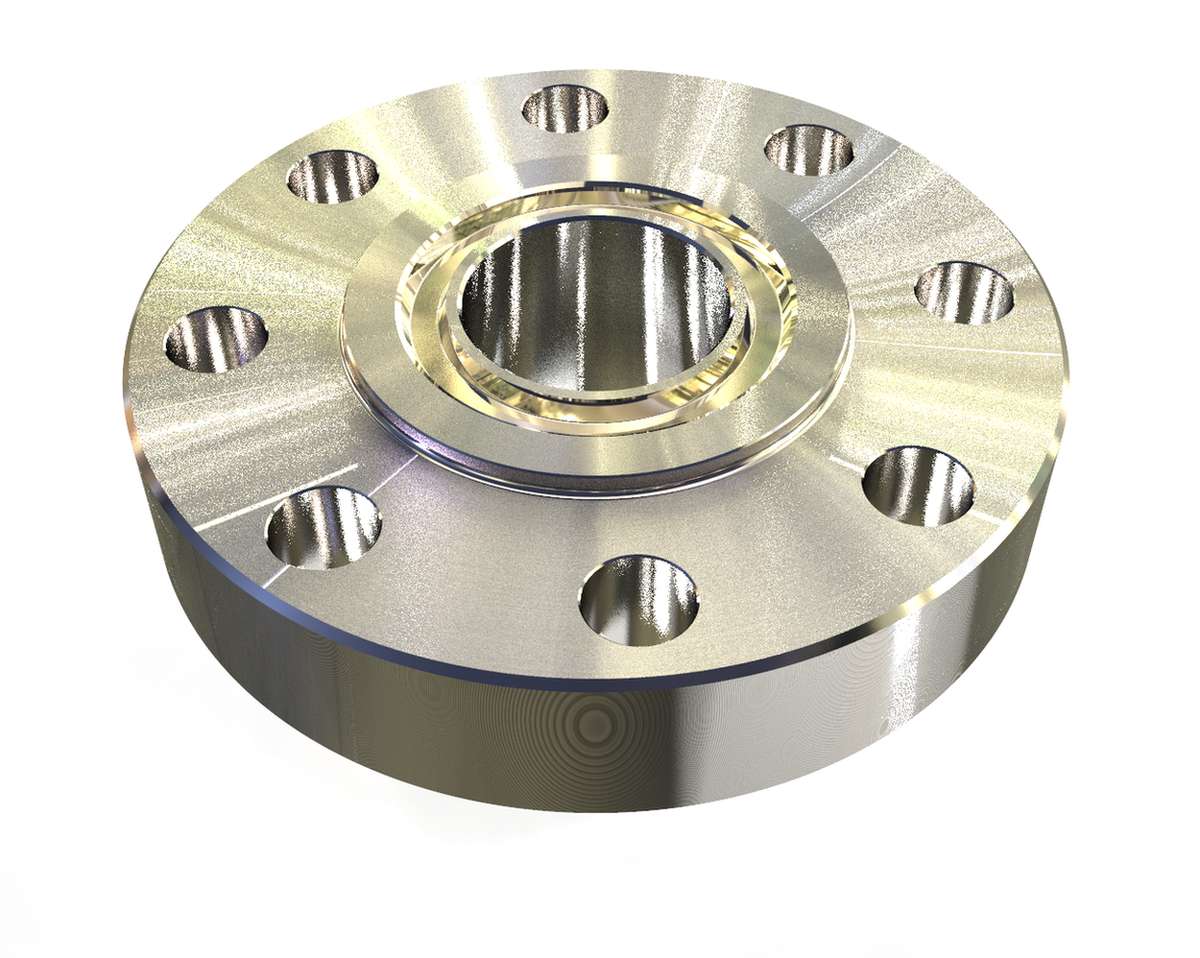Welcome to the Machine Specialty blog. In industries where efficiency and compliance are non-negotiable, having immediate access to reliable information isn’t just helpful—it’s essential. We’ve compiled a variety of topics to guide you on practical process improvements, regulatory insights, and more. Think of this space as your centralized knowledge base, built to help your team solve complex operational challenges and maintain a competitive edge.
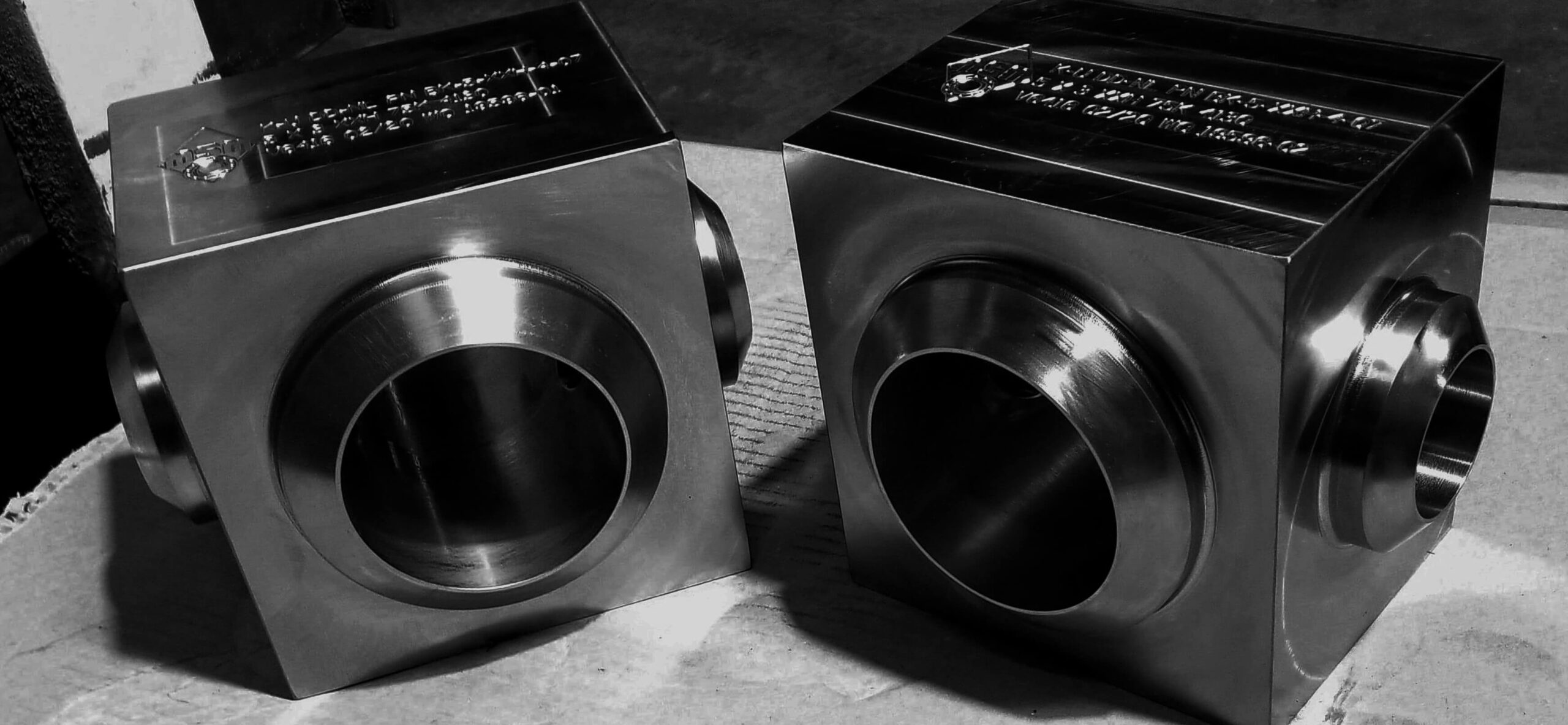
Understanding Repair Weld Services: A Guide to Restoring Strength and Integrity
Repair welding is a precise process that leverages the principles of heat, metallurgy, and rigorous quality control to fix damaged components.
Read More
Cushion Tee & Cross: Enhancing Efficiency and Performance in Industrial Pipelines
In this blog, we will look closer at cushion tee and cross, their unique design and materials, and how they change industrial pipelines.
Read More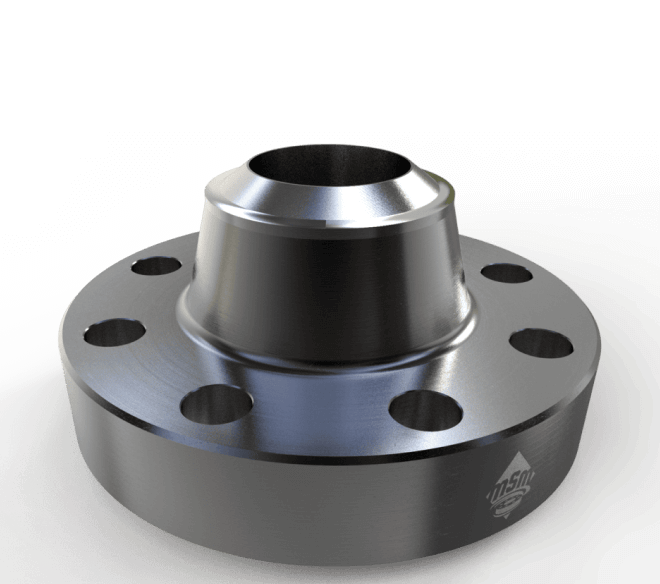
Unlocking the Power of API 6A Flange: The Ultimate Solution for Safe and Reliable Oil and Gas Operations
This article will discuss the functionalities and applications of API 6A flanges and provide valuable insights to help optimize safety and efficiency in oil and gas operations.
Read More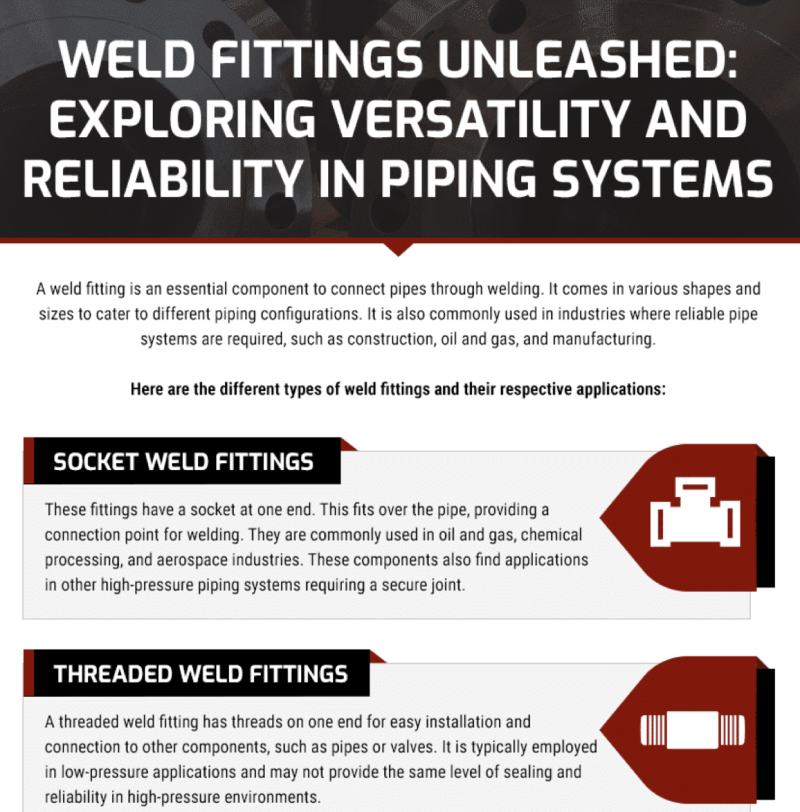
Weld Fittings Unleashed: Exploring Versatility and Reliability in Piping Systems
In this blog we review the different types of weld fittings and their respective applications.
Read More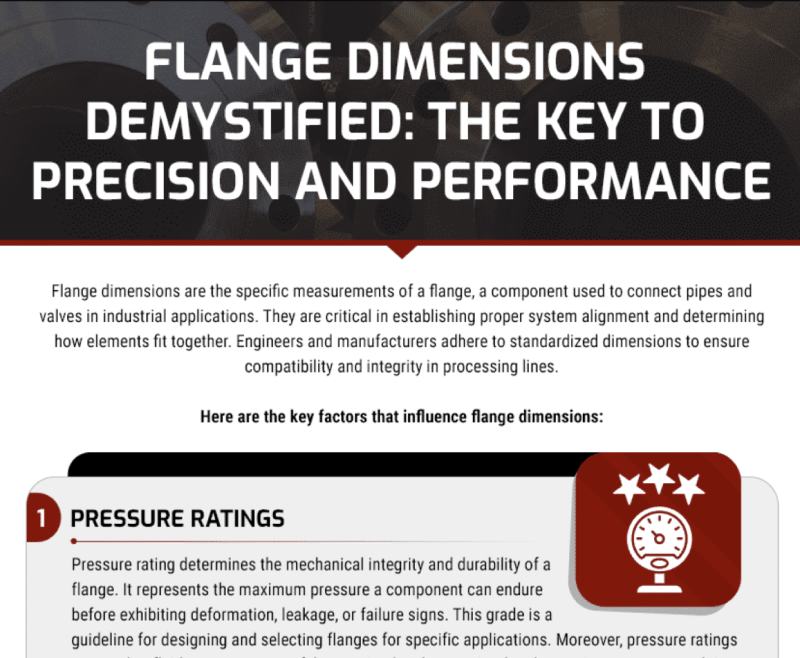
Flange Dimensions Demystified: The Key to Precision & Performance
This blog reviews the key factors that influence flange dimensions.
Read More
Behind the Scenes: Unveiling the Secrets of a Leading Machine Manufacturer
This blog will explore the behind-the-scenes operations of MSMs manufacturing procedures. It will also delve into the advanced technologies, approaches, and rigorous quality protocols that distinguish us within the industry.
Read More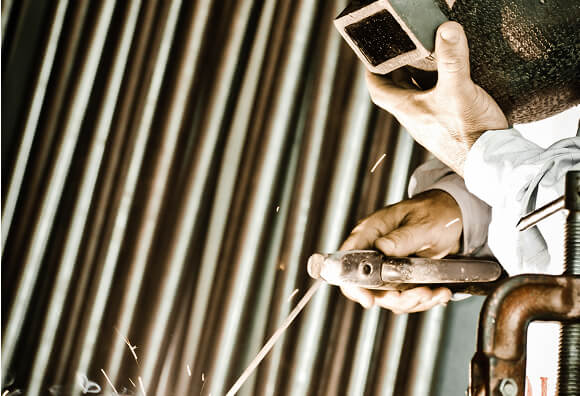
What Weld Fabrication Is and Why You May Need It
This article will walk you through the weld fabrication process and why you may need it for your specific applications.
Read More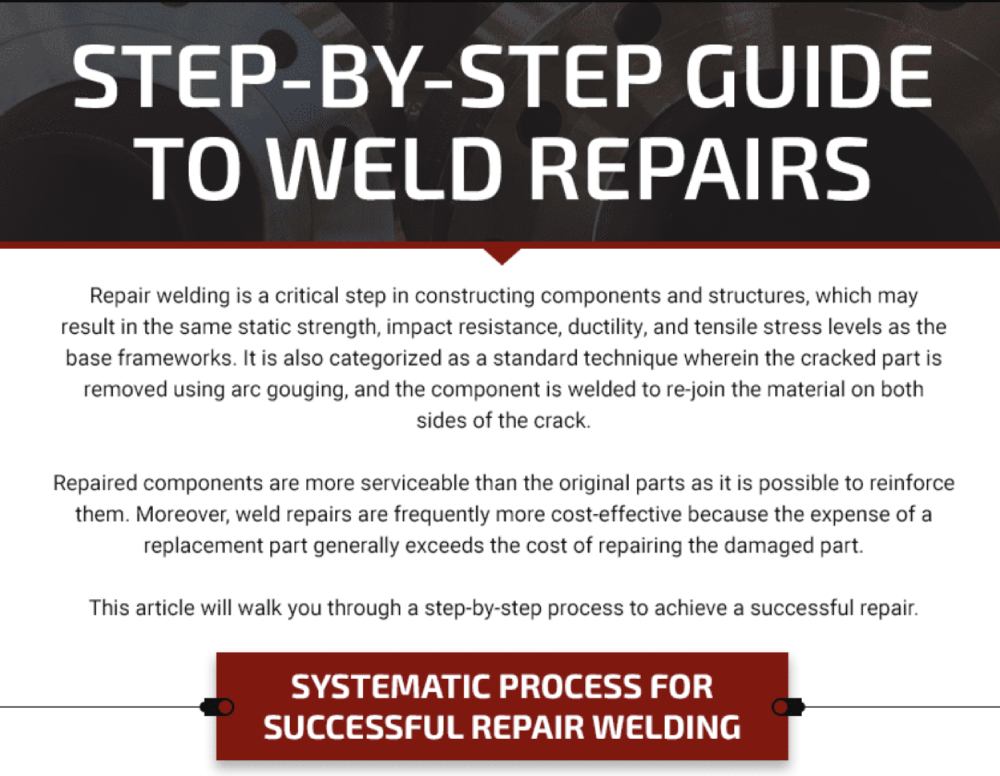
Step-by-Step Guide To Weld Repairs
This article will walk you through a step-by-step process to achieve a successful weld repair.
Read More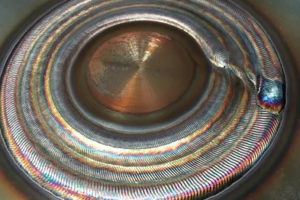
Everything You Need To Know About Overlay Welding
This article will discuss overlay welding applications and methods.
Read More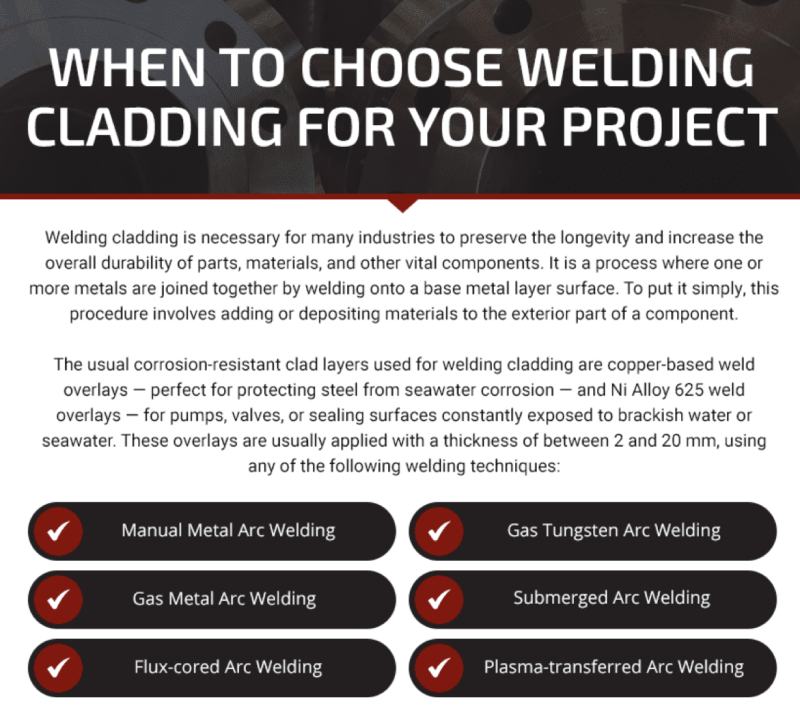
When To Choose Welding Cladding for Your Project
In this blog we review the importance of welding cladding in certain applications.
Read MoreReady to get started?
Our team is ready to deliver a custom quote that meets your project’s specifications.

